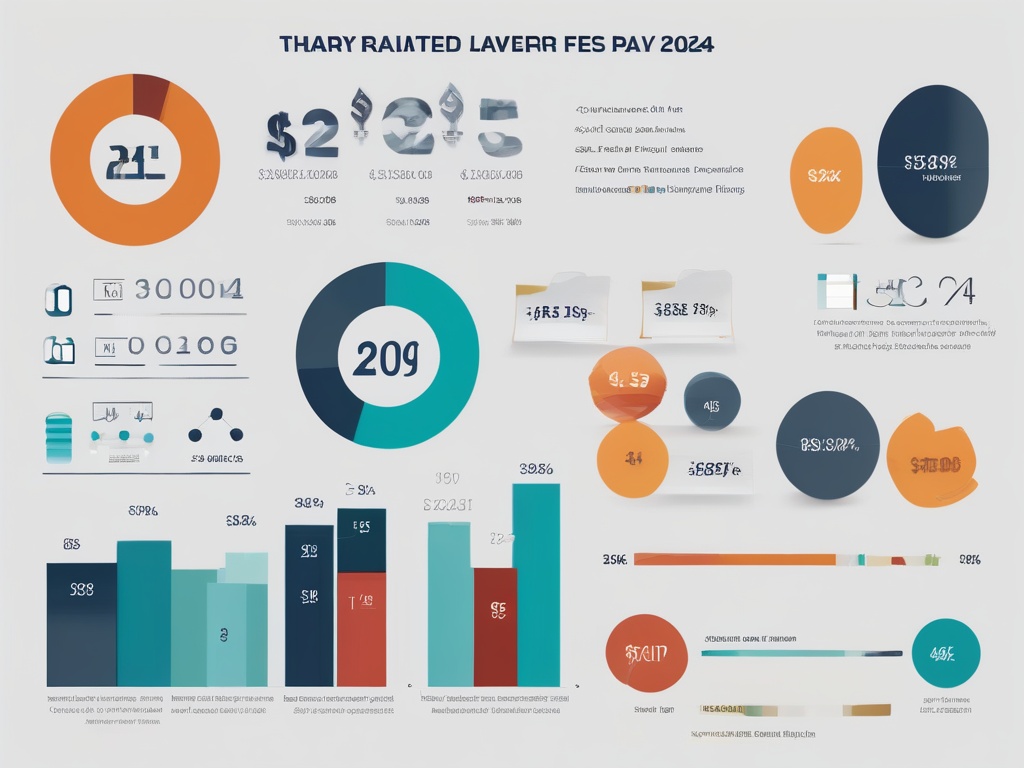Unveiling the Hidden Costs: What You Must Know About Legal Fees in 2024
Entering the legal realm often feels like navigating a complex maze, especially when it comes to understanding the true expenses involved. As 2024 unfolds, the landscape of legal fees continues to evolve, revealing hidden costs that many clients overlook. Being aware of these potential financial surprises is crucial for anyone seeking legal assistance. Transparent communication with your attorney and a comprehensive understanding of fee structures can save you from unexpected financial burdens.
Many individuals assume that legal fees are straightforward, typically based on an hourly rate. However, in 2024, the reality is far more nuanced. Lawyers may charge flat fees for specific services, such as drafting a will or handling a straightforward divorce, which can be advantageous for budgeting. Conversely, complex cases often involve billable hours that accumulate rapidly, especially if unforeseen complications arise. Additionally, ancillary costs like court fees, expert witness charges, and administrative expenses can significantly inflate the total bill. Understanding these components allows clients to anticipate expenses better and avoid financial surprises.
While legal fees can seem daunting, there are effective strategies to manage and reduce costs. Engaging in thorough initial consultations can clarify fee structures and scope of work, helping you set realistic expectations. Opting for fixed-fee arrangements when possible provides predictability, while some attorneys offer sliding scale fees based on income. Additionally, meticulous preparation and organization of your case materials can shorten the time your lawyer needs to spend, directly impacting the overall cost. Staying informed and proactive is key to ensuring that legal assistance remains affordable and within your financial reach in 2024.
Decoding Lawyer Fees: Strategies to Maximize Your Investment in Legal Expertise
In a landscape where legal expenses can seem unpredictable, understanding how to extract maximum value from your investment becomes essential. Many clients focus solely on the sticker price, overlooking the strategic nuances that can significantly enhance their legal outcome. By approaching legal services as a partnership rather than just a transactional fee, you can leverage your lawyer’s expertise to achieve more efficient and favorable results. Clear communication about your goals and expectations early on sets the foundation for a mutually beneficial relationship, ensuring that your financial investment translates into tangible benefits.
One of the most effective ways to optimize your legal expenditure is through meticulous case preparation and active collaboration. Providing your attorney with organized, comprehensive documentation minimizes unnecessary billable hours spent on sorting through disorganized files or clarifying basic facts. Furthermore, engaging in strategic discussions about case priorities allows you to focus resources on the most critical issues, potentially avoiding protracted negotiations or litigation. Remember, a well-prepared client often reduces legal time and costs, turning complex legal proceedings into manageable processes and helping you get more value for every dollar spent.
In 2024, innovative fee arrangements are reshaping how clients can approach legal costs. Fixed fees for routine services, such as drafting contracts or estate planning, provide predictability and control over your budget. Sliding scale fees based on income also offer affordability for those on tighter budgets, ensuring access to quality legal counsel without sacrificing financial stability. Additionally, some legal firms now offer performance-based fees, aligning the attorney’s incentives with your desired outcomes. Exploring these options and negotiating fee structures upfront can turn legal costs from an unpredictable expense into a strategic investment, empowering you to make smarter financial decisions while ensuring you receive top-tier legal assistance.
The Future of Legal Pricing: How Innovation Is Reshaping Lawyer Costs in 2024
As the legal industry continues to evolve, traditional billing methods are giving way to innovative approaches that aim to enhance transparency and affordability. In 2024, cutting-edge technology and creative fee structures are fundamentally transforming how clients perceive and manage legal expenses. This shift is driven by a desire to align legal costs more closely with value, foster trust, and improve access to justice.
One of the most notable trends in this new landscape is the widespread adoption of technology-powered billing platforms. These platforms leverage artificial intelligence and data analytics to provide real-time cost estimates, track billable hours with unprecedented accuracy, and offer clients detailed breakdowns of expenses. Such tools empower clients with greater insight into how their money is being spent, making legal costs less opaque and more predictable.
Furthermore, alternative fee arrangements are gaining popularity, especially among startups and small businesses seeking budget certainty. Fixed fees for specific services—like contract review or legal consultations—are now complemented by innovative models such as subscription-based legal services and pay-as-you-go packages. These models not only foster transparency but also encourage proactive legal management, reducing the likelihood of unexpected charges down the line.
Another game-changing development is the integration of performance-driven fee structures. These arrangements tie legal costs to the achievement of particular outcomes, aligning the lawyer’s incentives with the client’s goals. For instance, success fees in litigation or settlement negotiations can motivate attorneys to work more efficiently, ultimately reducing overall expenses and delivering more tangible value.
In essence, 2024 marks a pivotal turning point in legal pricing, where innovation serves as the catalyst for a more client-centric, transparent, and flexible approach. This new era encourages clients to view legal expenses not as fixed, unpredictable burdens but as strategic investments that can be optimized through technological advancements and creative fee models. As this transformation accelerates, understanding and leveraging these innovations will be paramount for anyone navigating legal costs in the modern age.

